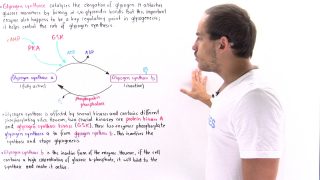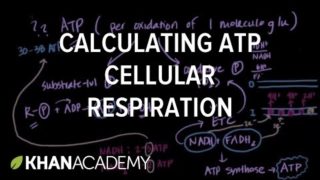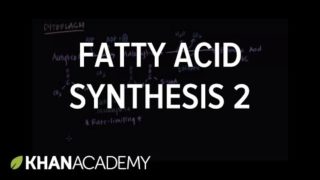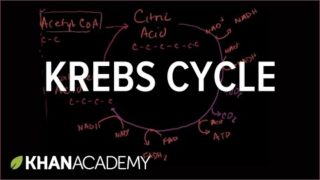Gluconeogenesis Steps – Clearly Explained
Gluconeogenesis is a metabolic pathway that results in the generation of glucose from non-carbohydrate carbon substrates such as lactate, glycerol, and glucogenic amino acids. It is one of the two main mechanisms humans and many other animals use to keep blood glucose levels from dropping too low (hypoglycemia). The other means of maintaining blood glucose […]
KEEP WATCHING:
Gluconeogenesis Steps – Clearly Explained
Other Videos You Might Like:
Subscribe
Login
0 Comments




